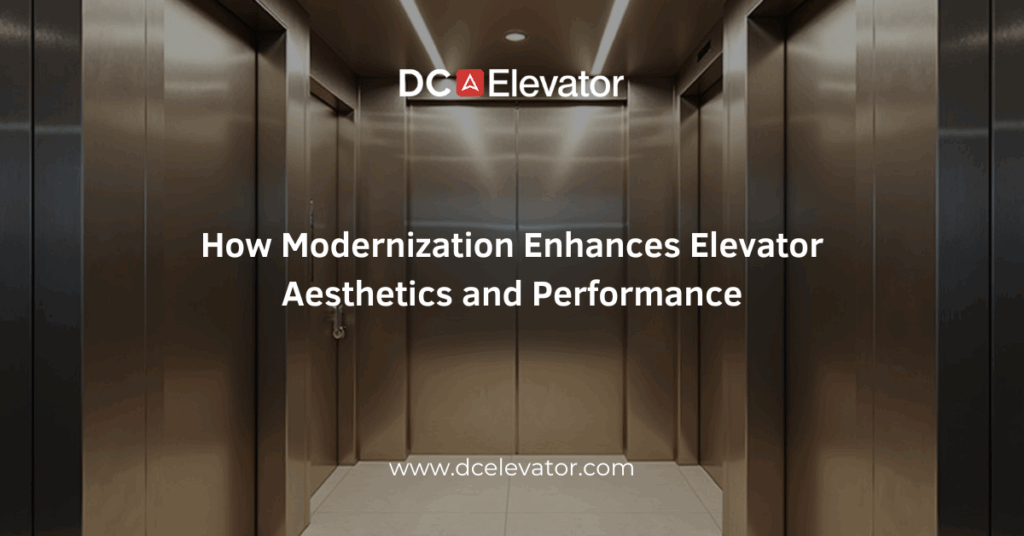What impression does your building’s elevator make? For many tenants and visitors, it’s one of the first touchpoints with your property. Unfortunately, outdated elevators with worn finishes, dim lighting, and sluggish performance can create a poor first impression—no matter how well the rest of the building looks.
Modernizing your elevator doesn’t just improve how it functions—it also enhances how it feels. For facility managers and property owners, this dual benefit is a key part of maintaining building value, safety, and tenant satisfaction. If your elevator is showing its age, it may be time to explore how modernization can upgrade both appearance and performance.
Why Elevator Aesthetics Matter
While safety and reliability are non-negotiable, aesthetics play a vital role in the overall perception of your building. Here’s why the visual component is just as important:
-
First impressions count – A well-designed elevator cab reflects the professionalism of your property.
-
Improved tenant experience – Clean, modern environments enhance user satisfaction.
-
Increased property value – Aesthetic improvements support leasing, retention, and resale value.
A tired elevator with scratched panels, flickering lights, and stained floors can bring down the overall feel of even the most well-maintained building.
Performance Upgrades that Go Beyond the Surface
While aesthetic upgrades are easily noticed, modernization also includes essential performance improvements. Common upgrades include:
Cab Interior Refurbishment
New panels, flooring, handrails, and ceilings can give your elevator a fresh, modern appearance. These changes can be customized to match your building’s design language—whether that’s sleek and minimal or classically elegant.
Lighting and Fixtures
LED lighting not only brightens up the space and makes it feel more inviting—it also lasts longer and consumes less power. New call buttons, displays, and control panels offer a modern look while improving accessibility.
Smoother Operation and Quieter Rides
Modernizing drive systems and controls results in faster, quieter operation with less jarring starts and stops. Passengers notice these subtle improvements immediately, even if they don’t see what’s happening behind the scenes.
Improved Door Systems
Upgrading door operators increases reliability and safety, reducing delays and minimizing maintenance calls.
Real-World Benefits for Building Owners and Managers
Let’s look at a typical scenario: a mid-rise commercial property with elevators installed in the early 1990s. The elevators are functional but slow, with outdated finishes and frequent minor repairs. After a phased modernization:
-
The cab interiors are refreshed with modern finishes, improving tenant perception.
-
Energy-efficient lighting and standby features reduce utility bills.
-
Updated controls enhance ride performance and reduce service disruptions.
-
Tenant complaints drop—and satisfaction scores rise.
Modernization is not just a cosmetic fix—it’s an investment that supports long-term building performance and customer satisfaction.
Conclusion
Modernizing your elevator offers more than just improved safety or faster trips—it transforms how your building is experienced. From polished cab interiors to smoother rides, these upgrades enhance comfort, efficiency, and building appeal.
If your elevator still looks (and sounds) like it belongs in another decade, it might be time for a change. Contact us today for an elevator analysis and find out how a modernization plan can elevate both performance and aesthetics.
